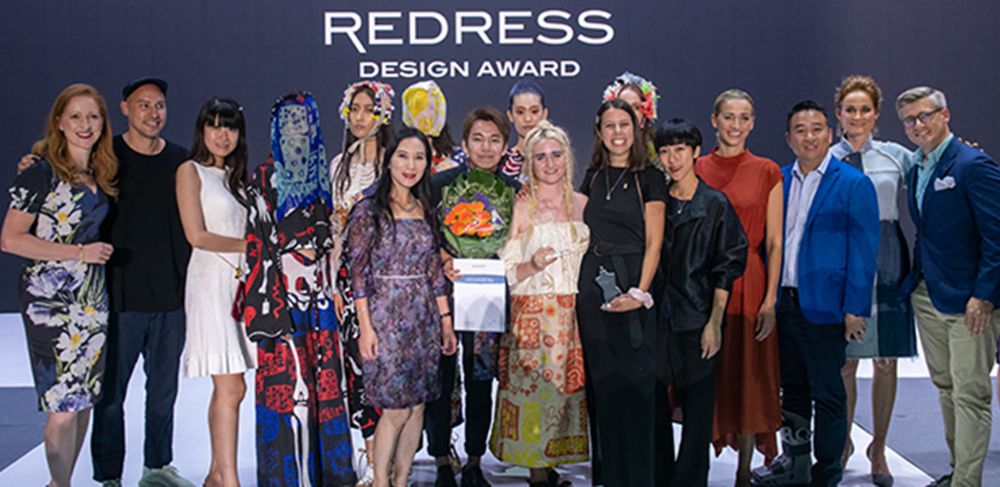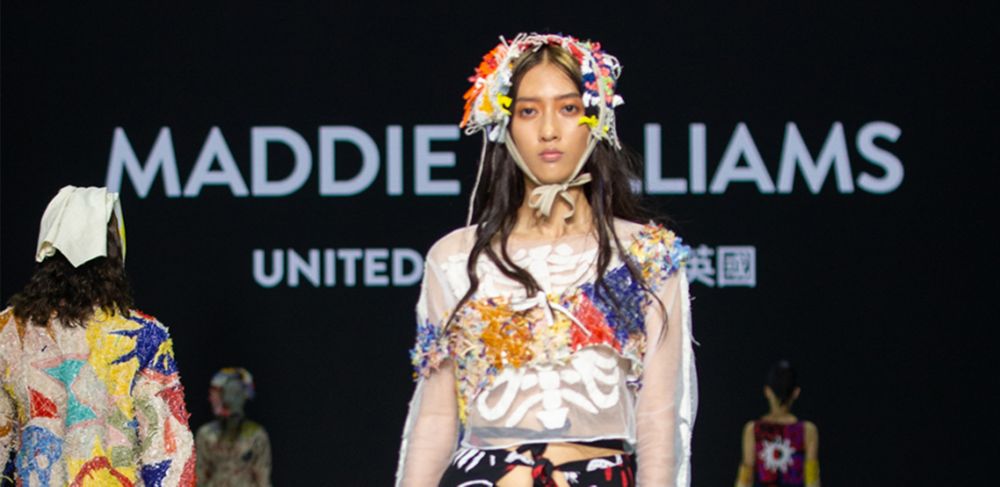In light of stay-at-home orders, the world recently spent the 50th Earth Day this April inside, most likely in the most comfortable clothing we had. If prevailing trends hold true, many of us were wearing these cozy fashions made with sustainable fiber. Sustainability has become one of the most pressing issues in apparel as earth-friendly materials are in higher demand than ever.
In 2018, the global eco-fiber market was estimated at more than $37 billion and is predicted to grow at 9.2%.*
This call for greater sustainability isn’t just for brands and fashion designers. Sustainability is important across the whole textiles value chain, including mills who choose to work with environmentally friendly fibers. These trendsetting mills have sustainability goals of their own—to minimize waste, for example, or embrace closed-loop processes.
Naia™ from Eastman has eco-conscious materials that are the perfect fit for mills looking to improve their sustainability scorecards and brands looking for sustainable solutions for their fashion collections. With full traceability from tree to fiber, Naia™ is made with the highest safety, social, and environmental standards. It is responsibly sourced from sustainably managed pine and eucalyptus forests and plantations to ensure no deforestation of protected forests. Our closed-loop production process allows recycling and reuse of safe solvents and water, resulting in fibers with low environmental impact.
With the introduction of our latest sustainable fabric material, Naia™ staple fiber, mills now have access to an entire portfolio of sustainable textiles, including cellulosic staple fiber and cellulosic filament yarn. And brands can choose for high diversity of fabrics.
For example, Pratibha Syntex in India is blending 29% Naia™ staple with modal and elastane to create a medium-weight stretch knit in charcoal and creamy white—perfect for tees, tanks, and flowing dresses.

Or take a look at this pink jersey knit from Ekoten, also a blend of Naia™, modal, and elastane. This medium-weight knit creates flowing fabric with a buttery hand and slight texture—just the thing for work-at-home casual or athleisure styles.

For added sustainability, Naia™ biobased fiber pairs well with recycled fibers for an even greater reduced carbon footprint. Arvind Limited blended Naia™ staple cellulose fiber with recycled polyester to create a crisp blue-and-white check pattern, a light look with flexible drape and desired sustainable origins.

Without a doubt, sustainable fashion calls for a sustainable fabric material that has natural origins and resource-efficient processes. But the best sustainable fabrics also help reduce footprints long after they are crafted, fashioned, shipped, and sold off the shelves. For example, quick-drying fabrics can help save energy by shortening tumble time in electric dryers. Naia™ staple acetate fiber consistently improves dry rate, providing versatile blending options. It also delivers enduring softness in fabrics for longer lasting comfort—proving apparel can be sustainable without compromises. In Intertek testing, Naia™ blends with lyocell and modal improved dry rates up to 30%.
Naia™ is excited for designers to pick up on this added bonus. At Süzer Textile Company, the Turkish mill created an eco-friendly, finely woven fabric with the classic look of chambray, blending Naia™ staple with lyocell.

Before “green” meant environmentally friendly, the hue was coveted for its vibrance and symbolism of rebirth, regeneration, and living nature. To see how well Naia™ staple biobased fiber takes to color, Acabamentos Têxteis de Barcelos created a blend of Naia™ and modal that should make others jealous. This green micro-rib knit shows a slight texture but sports a smooth tactile surface with a rippling drape—ideal for shorts, wide-leg lounge pants, or even cuff accents.

Speaking of dyes, Sinotex used earth-friendly, plant-based dyes to create a blue mélange jersey knit, using Naia™, modal, and spandex for a heathered look and just the right amount of stretch. Soft, comfortable, and lightweight, it represents sustainability without compromise.

Soft, quick drying, and with reduced piling, all these fabrics are great examples of how Naia™ staple fiber transforms environment-friendly clothing materials into comfortable and easy-to-care-for sustainable textiles and apparel. For added luxury, mills and brands can opt for Naia™ cellulosic filament yarn. Extremely smooth to the touch, Naia™ filament creates fabrics that glide lightly and sumptuously over skin and drape elegantly to create alluring silhouettes. They naturally have a beautiful luster and rich color, creating a standout look. For a more subdued appearance and texture, the yarn can also be transformed into a luxurious fabric with a matte finish.
For mills and brands looking to source sustainable materials that will create biodegradable fabrics and garments, Naia™ has received the TÜV AUSTRIA ‘OK biodegradable’ certification for freshwater and soil environments and the ‘OK compost’ certification for industrial settings.
Naia™ cellulosic filament yarn and Naia™ cellulosic staple fiber are both sustainable options. But they offer different advantages to give mills and designers the versatility to fulfill their vision. Naia™ can be used alone or blended to create incredible fashion fabrics—from comfortable everyday wear to luxurious apparel. Both options mix well with cotton, silk, wool, linen, nylon, polyester, viscose, or elastane—adding fine luxury when woven into a silky satin fabric and comfort when knitted with spandex into a jersey or interlock fabric. In combination with these other yarns, Naia™ affords almost unlimited possibilities for textural variety.
Consumers and designers alike are looking for sustainable styles to reflect their lifestyles. Now, mills can give them a wide variety of options, creating sustainable textiles with inherent softness, reduced piling, comfort, silky drape, cool hand, and tranquil confidence.
As womenswear designers and manufacturers clamor for sustainable fabrics to meet demand, mills are stepping up—so we all can step out in the best earth-friendly apparel.
*Eco-Fiber Market Size, Share & Trends Analysis By Product (Organic, Regenerated, Recycled, Natural), By Application (Textiles, Household, Industrial, Medical), By Region, And Segment Forecasts, 2019 – 2025, published by Grand View Research.





